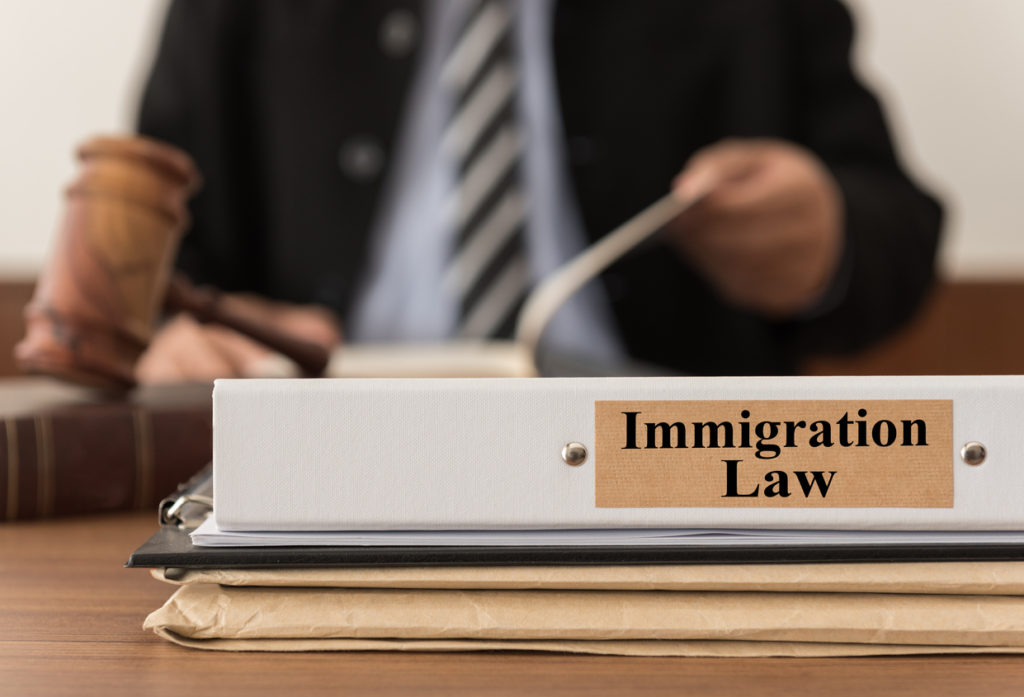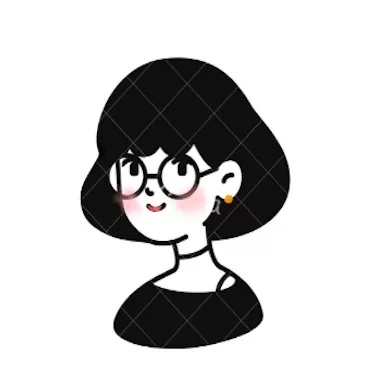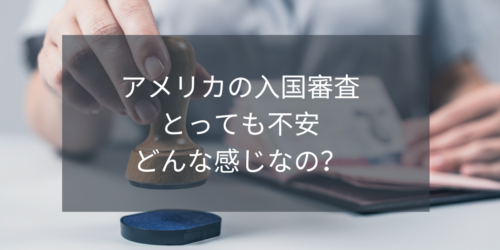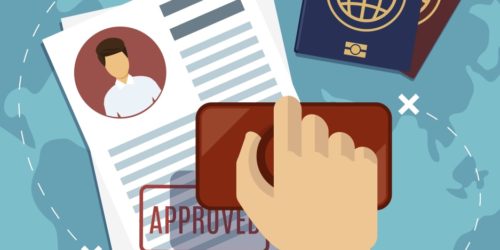How to Apply for an Artist Visa Without a Lawyer

How to Apply for an Artist Visa Without a Lawyer
- 1 How to Apply for an Artist Visa Without a Lawyer
Applying for an artist visa in the United States can be done in two ways: through a sponsor or employer or with the help of an immigration lawyer. In either case, the petitioner submits the application to the U.S. Citizenship and Immigration Services (USCIS). I chose to have my employer file the petition on my behalf while collaborating on the application materials. My sponsor was an American citizen.

I successfully obtained my visa without using a lawyer.
Deciding to Prepare the Artist Visa Application Independently
Applying for an artist visa without legal assistance requires determination and careful preparation. For example, filling out Form I-129 must be error-free. Understanding the roles of the petitioner and beneficiary is crucial since the petitioner—not you—is the one formally submitting the application.
What Convinced Me That I Could Apply for an Artist Visa on My Own
Reviewing a Friend’s Application
A pivotal moment was when a pianist friend who was working with a lawyer shared her application materials with me. I noticed that she had prepared many of the documents herself. This reassured me that I could handle my own application.
Guidance from a Knowledgeable Friend
Another friend at my workplace successfully obtained an EB-1 (Artist Green Card) by gathering the necessary documents on his own. His guidance was invaluable, as he helped me review the contents of Form I-129 and other materials.
Taking Action to Prepare the Application Materials
Creating an Artist Website
Once I was confident in my ability to prepare the application, I took immediate action. I built a website showcasing my career, upcoming performances, and achievements. Though I lacked professional design skills, I structured the content effectively for an American audience.
Utilizing Skills from College
I applied the basic web development skills I had learned in college to create a functional and professional-looking artist portfolio.
Gaining Momentum Through Action
Once I started taking action, others began supporting me. A contemporary music composer asked me to perform his work, and a university acquaintance used my performance in a film scene. By establishing an online presence, I gradually accumulated more supporting materials for my application. This process continued for about eight months.
Collecting Essential Documents
One of the first documents I secured was the Written Consultation, which I obtained early in the process. Additionally, I reached out to individuals willing to provide recommendation letters and other supporting documents.
Organizing a Compelling Application File
Creating a Clear and Professional File Structure
- Arranging documents in a logical order for easy review.
- Highlighting key accomplishments and qualifications.
- Providing a well-organized cover letter outlining the application.
Presenting Strong Supporting Evidence
- Submitting authentic, well-prepared materials.
- Including detailed letters of recommendation and evidence of artistic achievements.
Conclusion
In this article, I shared how I gathered and prepared my artist visa application materials independently. Taking the first step led to more opportunities and valuable support from others. If you’re considering applying for an artist visa without a lawyer, I hope this article motivates and inspires you to take action.


